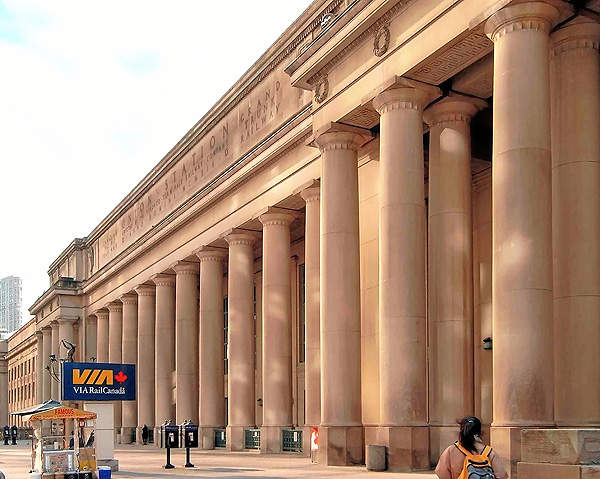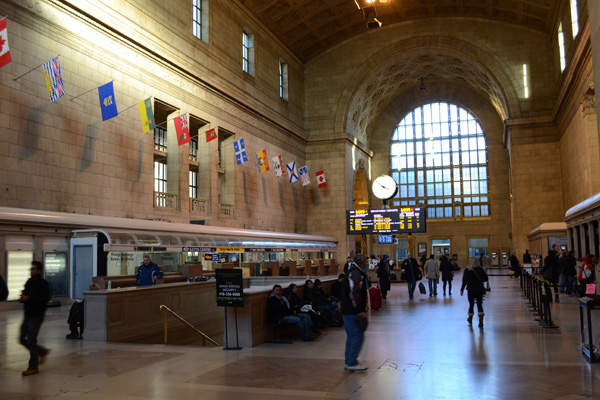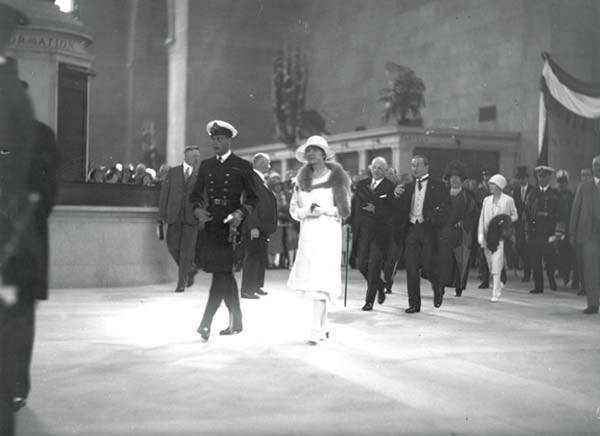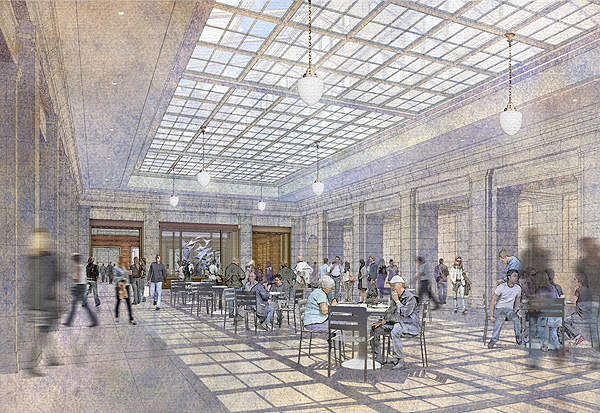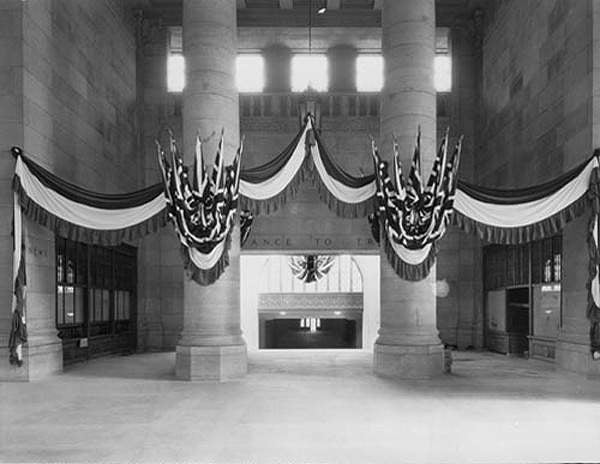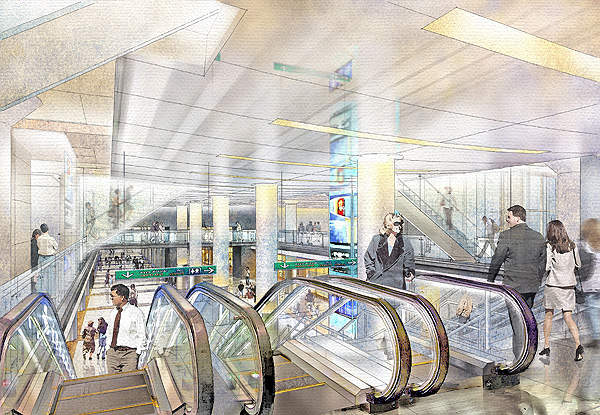Union Station is a major multimodal railway transportation hub in Toronto, Canada. It is one of the busiest stations in the country and serves more than 250,000 passengers a day.
The City of Toronto owns the station building. The train shed, platforms and tracks are owned by GO Transit. Toronto Terminals Railway (TTR) operates the station under a contract with GO Transit. TTR is a subsidiary of Canadian National Railways (CNR) and Canadian Pacific Railways (CPR).
The station has more than 2,000 rights of way, making it one of the most complex stations in the world. A major renovation is being carried out at the station to improve the service quality and passenger capacity. The programme is scheduled for completion by 2018.
History of Toronto’s Union Station
Union Station was built with a wooden structure in 1858 by the Grand Trunk Railway (GTR). Its facilities were shared with the Northern Railway and the Great Western Railway. A new concrete building was built in place of the wooden structure in 1873. CPR started its services at the station in 1884. GTR became bankrupt and was merged with CNR in 1923.
TTR replaced the old building with the current Union Station building in 1927.
Location and layout of Canadian railway station
The station is situated on 61 Front Street West, in the business districts of Bay Street and Yonge Street. It is accessible through various modes of transportation including the subway, commuter rail and bus, passenger rail, bicycle, taxi and shuttle buses.
Managed by GO Transit, Union Station Bus Terminal is linked to Union Station’s building through the train shed. TTC’s subway station is located in front of the Union Station.
Design and construction of the major public transport hub
The existing Union Station building was designed in Beaux-Arts style by Montreal Architecture, with the aid of CPR architect Hugh Jones and Toronto designer John M. Lyle.
Construction of the station commenced in 1914 and was completed in 1921. Work on the essential viaducts, markings, platforms and railway tracks started in 1924 upon obtaining approval for the final plan from the Board of Railway Commissioners. The new Union Station was officially inaugurated in August 1927.
The front gateway of the station yields onto the grand ticket lobby, which is also known as the Great Hall. The lobby measures 76m-long and 27m-high, and houses the ticket, baggage and enquiry counters. Stairways on either side of the hall lead to the arrivals concourse used by inter-city train commuters.
Services at the multimodal railway transportation station
The station is serviced by trains of VIA Rail Canada, Ontario Northland, GO Transit, Amtrak and Toronto Transit Commission (TTC).
VIA Rail Canada’s intercity train services through the Union Station include The Canadian, Niagara Falls-Toronto, Sarnia-Toronto, Toronto-Ottawa, Toronto-Montreal and Windsor-Toronto.
Ontario Northland runs a single route service heading towards Northern Ontario, through Union Station. The Canadian Government unveiled its decision to stop the service on this route in March 2012.
GO Transit runs a commuter rail service through the Union Station. GO Transit subsidiary Metrolinx was chosen in July 2010 to design, construct, maintain and operate the railway link, Union Pearson Express, between Union Station and the Toronto Pearson International Airport. The Union Pearson Express air-rail link was opened in June 2015.
Technology upgrades at Union Station
Large sections of track at Union Station were upgraded in 2009, with advanced signalling systems and snow cleaning devices, to minimise delays in train movements during winter. Communications, signalling and traffic control systems were upgraded by Siemens Transportation Systems.
Future developments planned for Canada’s Union Station
A five-year revitalisation programme is being carried out to improve the quality and pedestrian movement near the station, rejuvenate heritage elements and transform the station into a major terminus for shopping, dining and visiting. The programme started in June 2010 and is scheduled to be completed by 2018.
It includes the construction of a new pedestrian retail concourse below the station and expanding the GO Concourse threefold, to double passenger capacity by 2030. It will also involve renovation of the VIA Rail concourse and refurbishment of space in the west wing for Metrolinx’s head office.
A modern, underground Northwest PATH tunnel will be constructed as part of the programme, to link Union Station with the existing PATH system. The construction is being carried out in two phases. The phase 1 was completed in 2014 and phase 2 is expected to be completed in early 2018.
The total cost of the revitalisation scheme will be $640m. The Canadian Government approved $164m in funding for the project. Around $172m is being financed by the Ontario government, with the remaining $302m coming from the City of Toronto.

